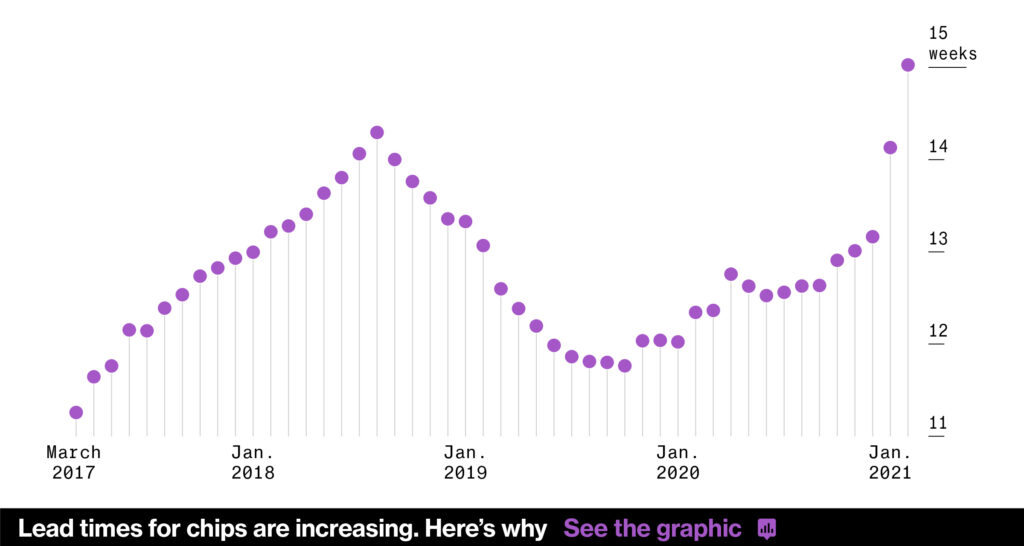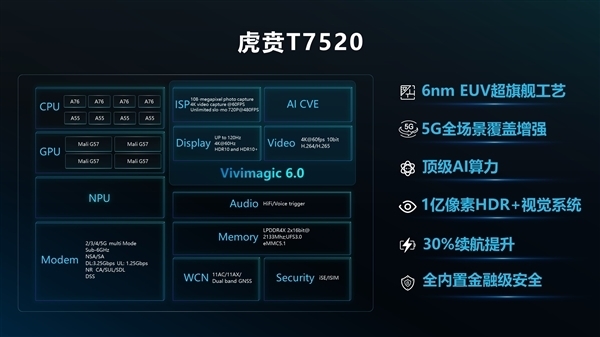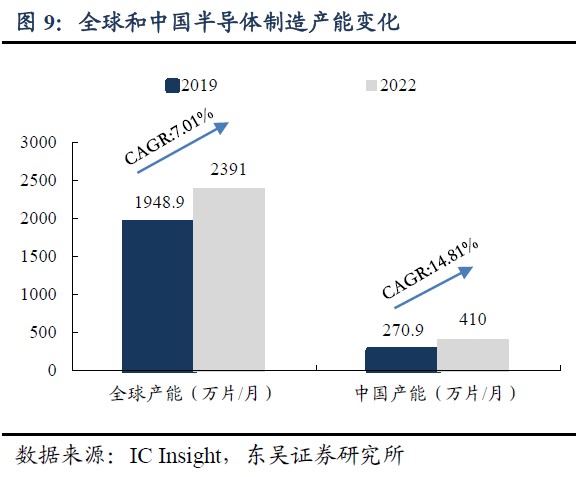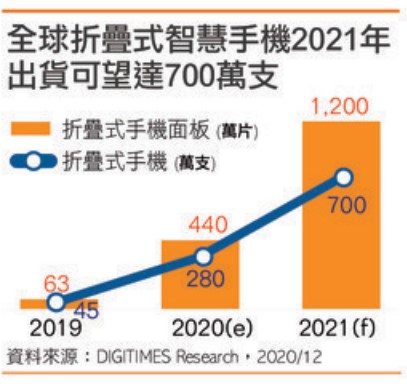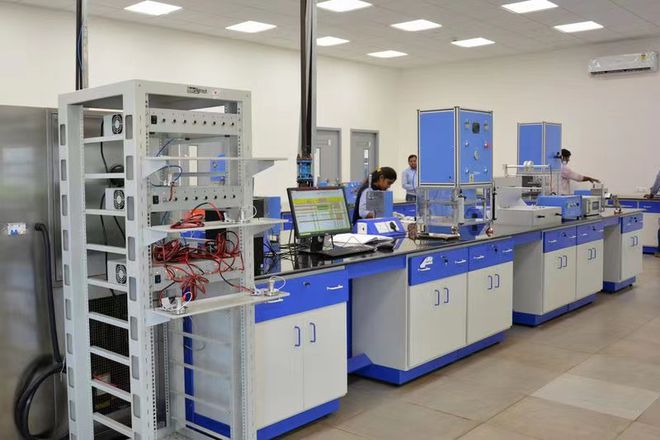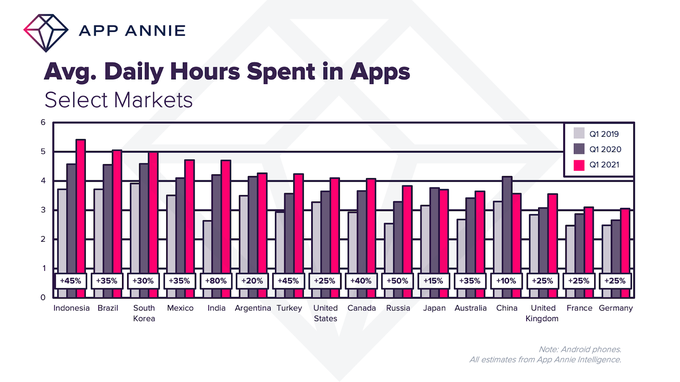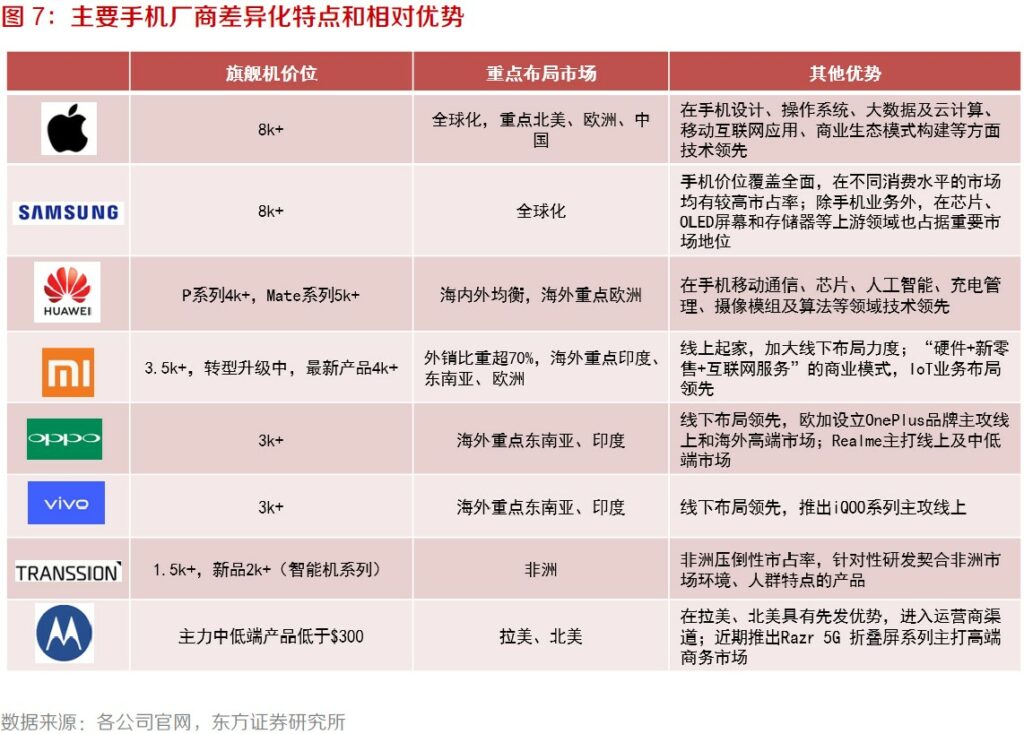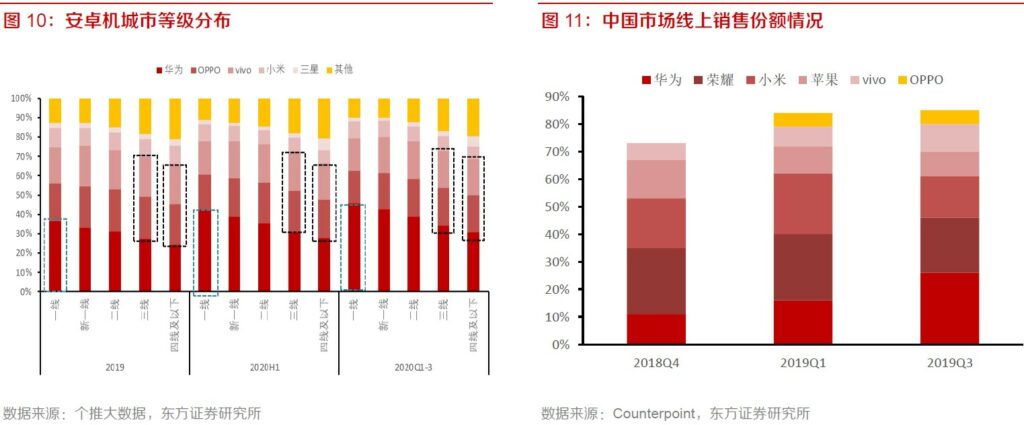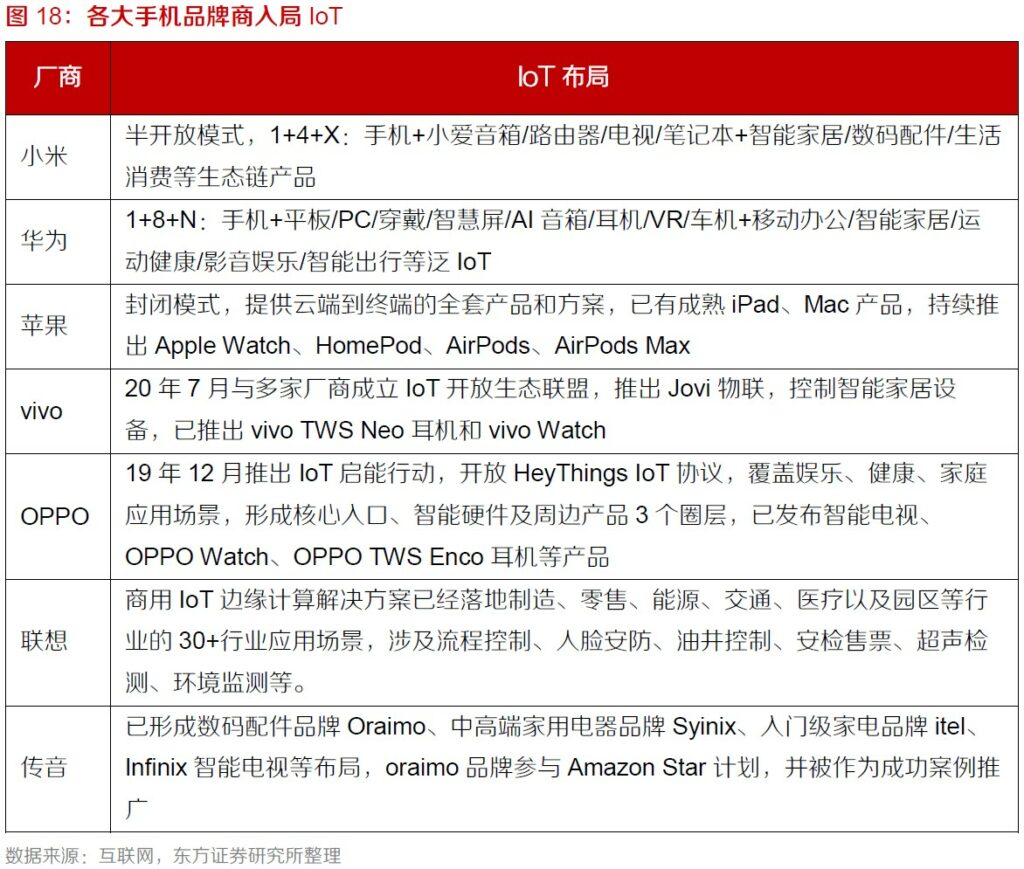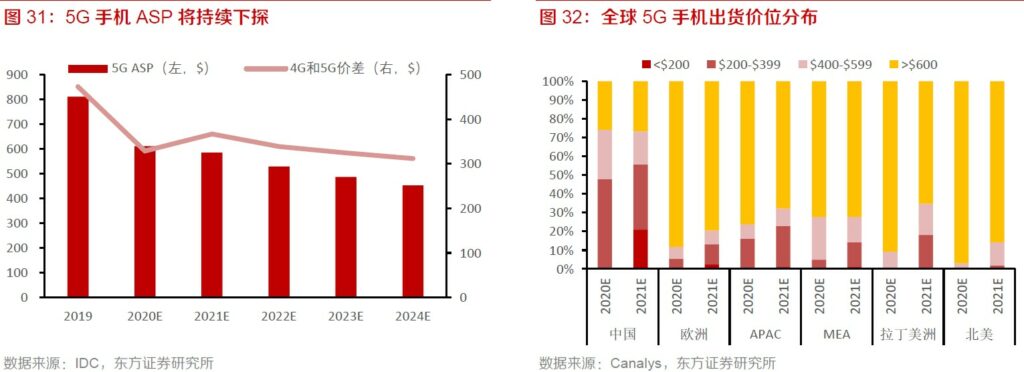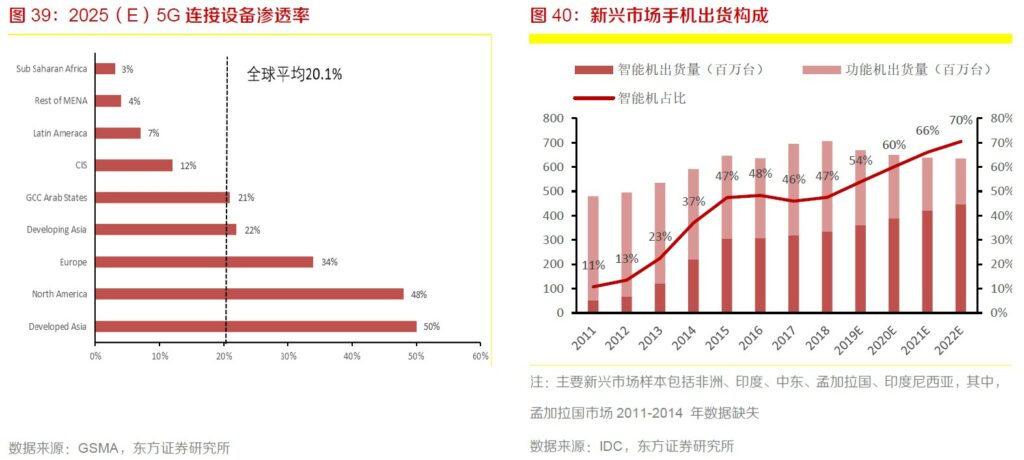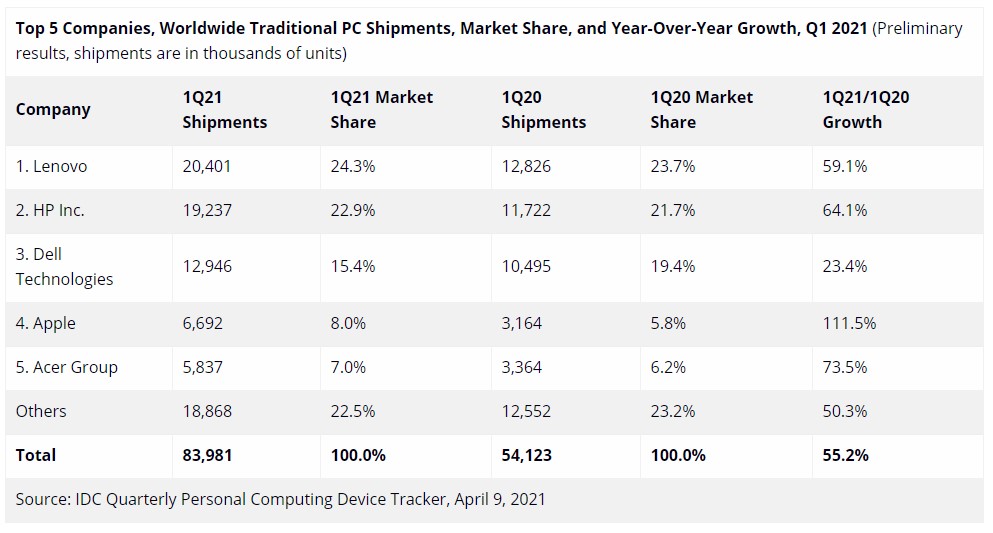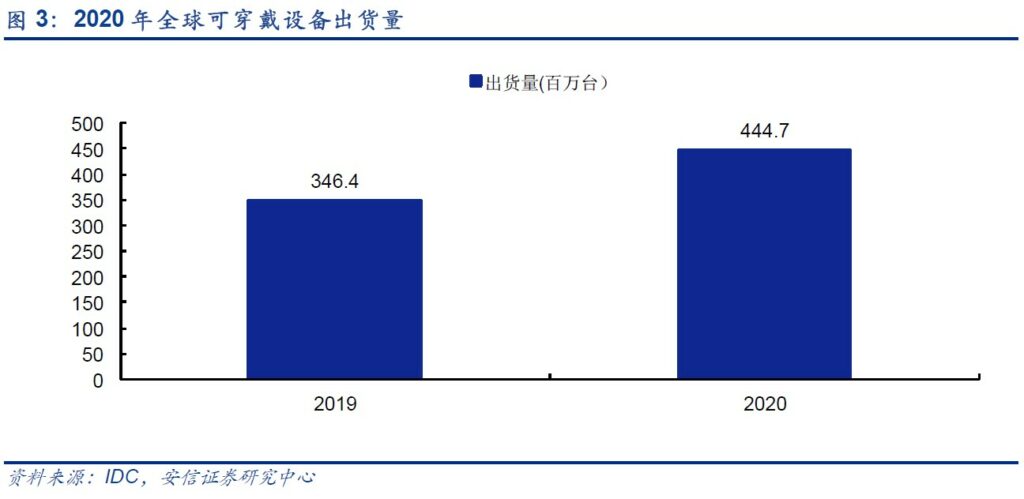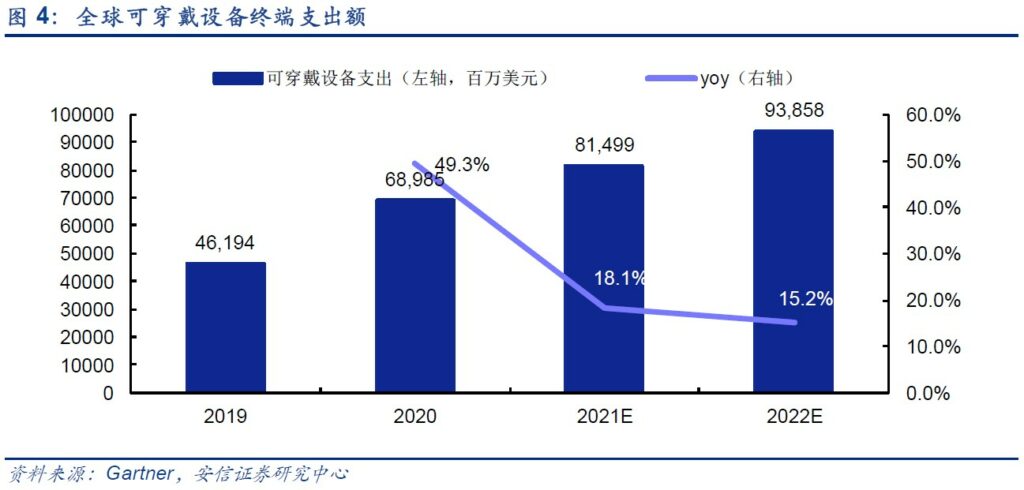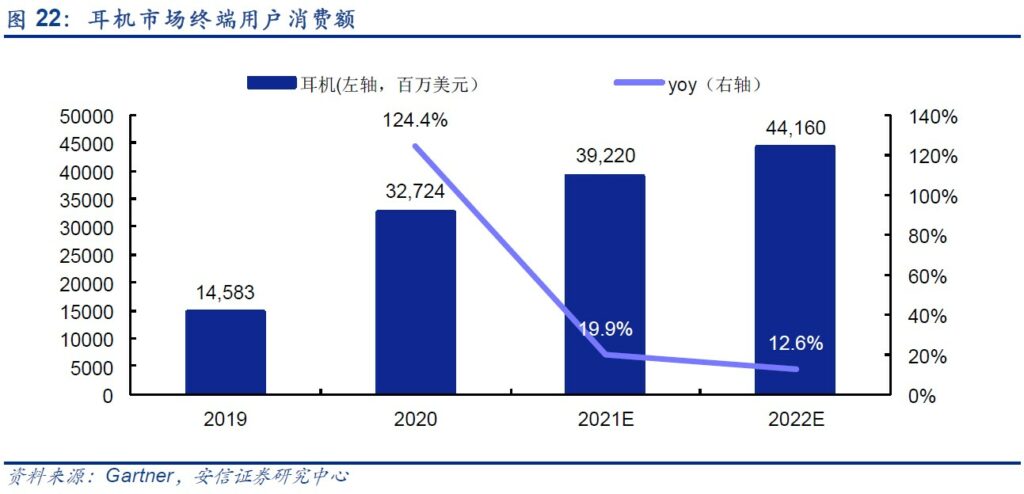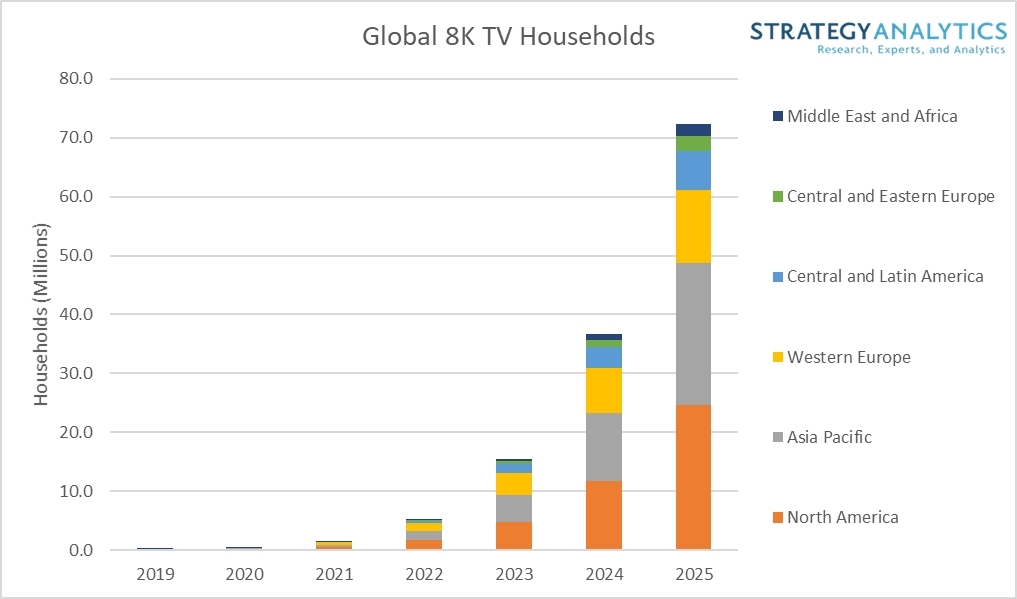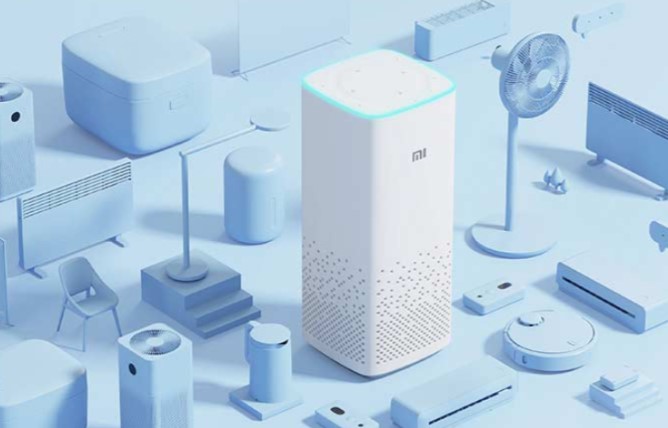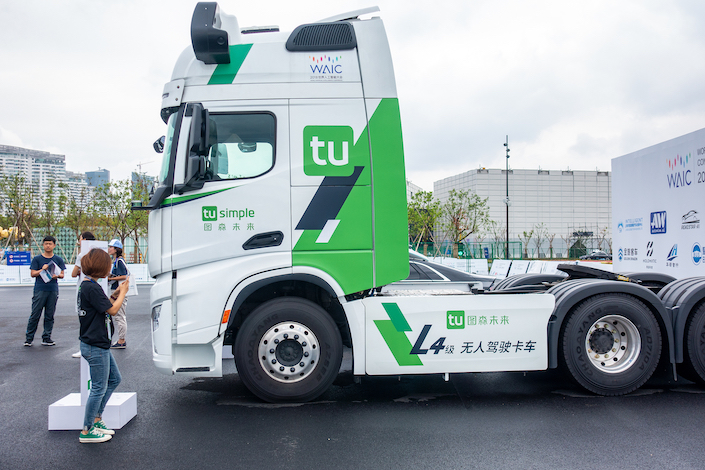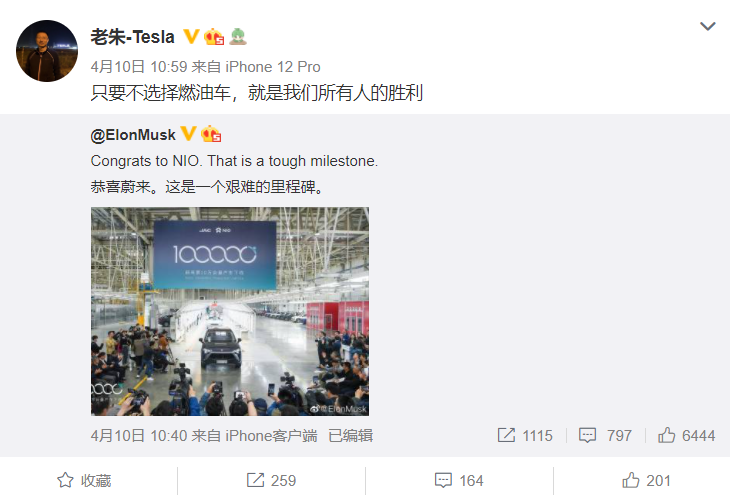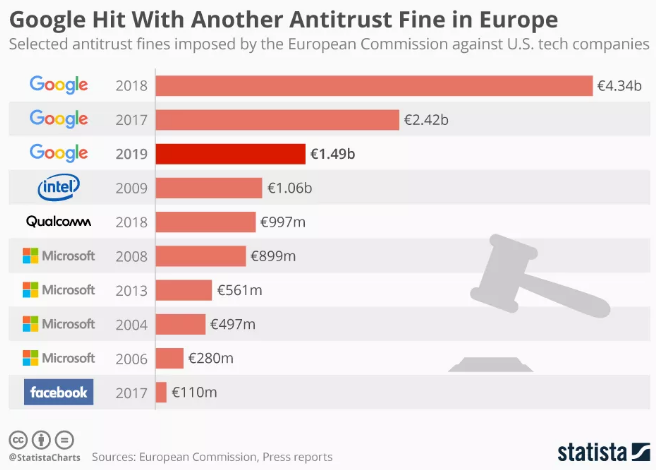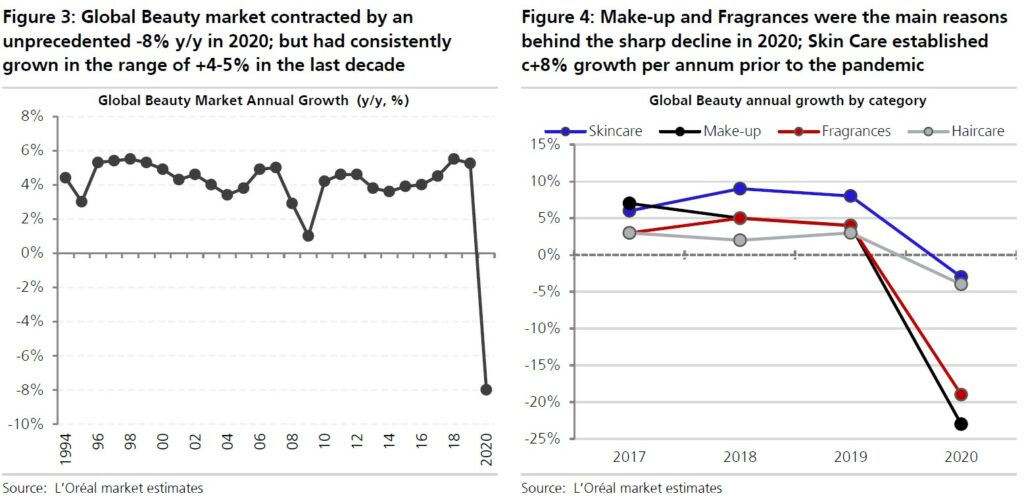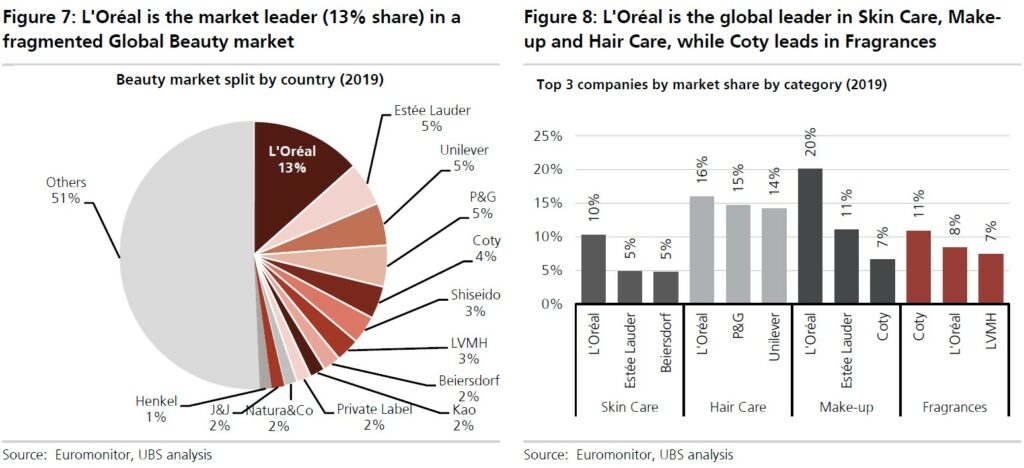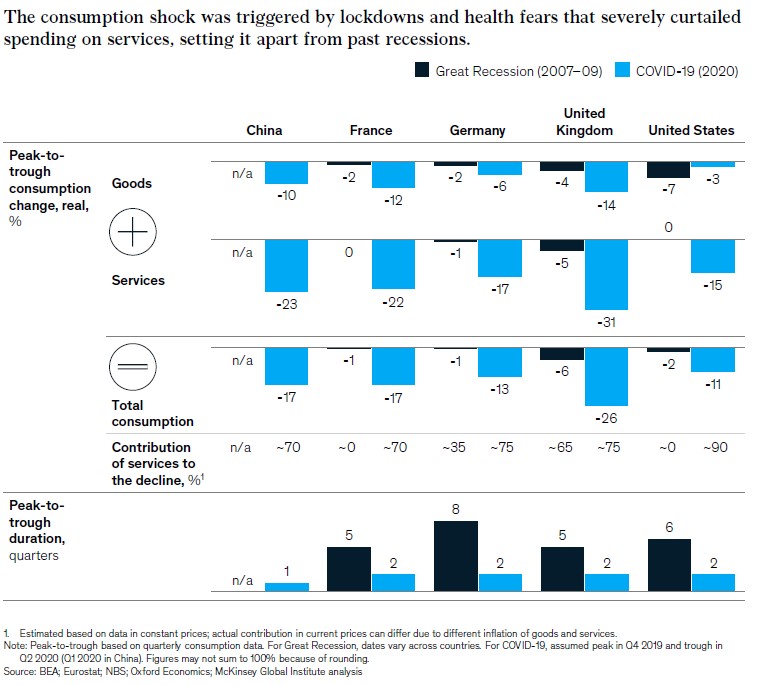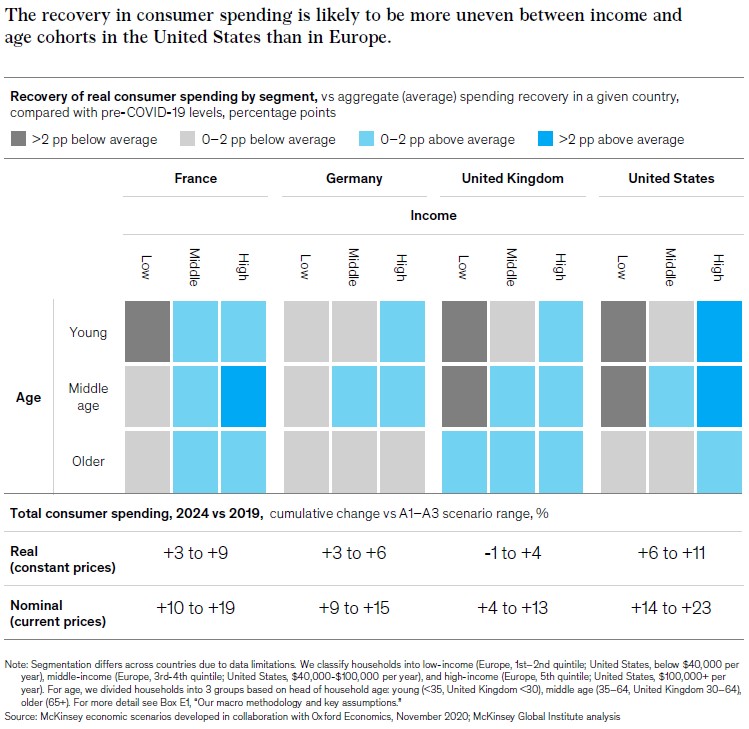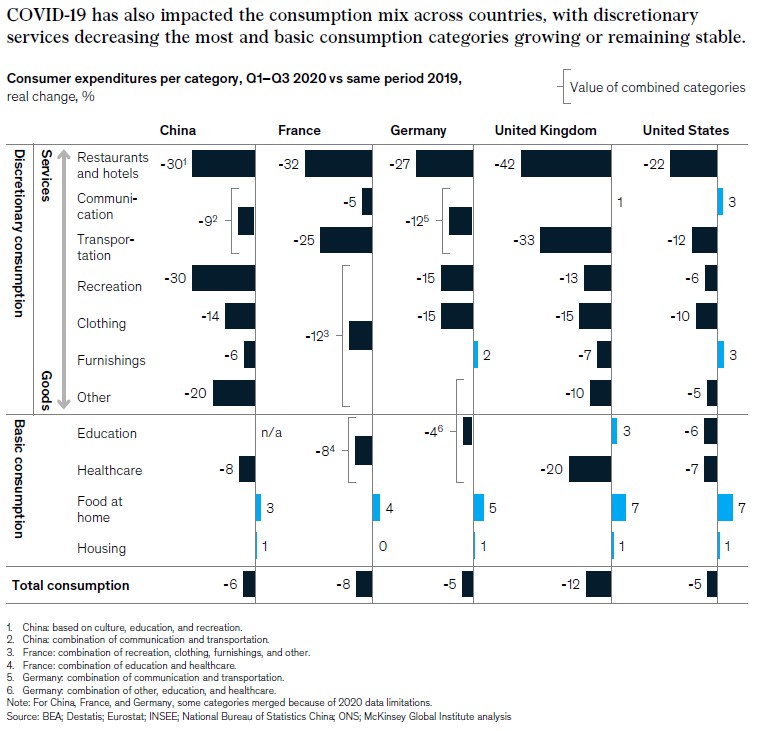
4-11 #FirstStep : TCL CSOT Guangzhou Gen-8.6 and Gen-8.5 production lines; SK Hynix is reportedly is in talks with German auto parts giant Robert Bosch GmbH; Alibaba is fined USD2.8B in China for anti-trust violation; etc.
Production of some Apple MacBooks and iPads has allegedly been postponed due to the global component shortage. Some iPad assembly, meanwhile, was postponed because of a shortage of displays and display components. As a result of the delay, Apple has pushed back a portion of component orders for the 2 devices from 1H21 to 2H21. (Sohu, Nikkei, Yahoo, Laoyaoba)
Large players like Apple, Samsung Electronics and Hewlett-Packard (HP) have a lot of leverage with suppliers to demand that their orders receive priority when capacity is limited, said Peter Hanbury, a partner with consultancy Bain & Co. Now, however, “demand for some of these large product categories has outstripped the total capacity available”, Hanbury added. “They now face the same long-term challenges [as their chip suppliers and production partners] of adding manufacturing capacity, which takes years and billions of dollars”. (Sohu, Nikkei, Yahoo, Laoyaoba)
To understand why the USD450B semiconductor industry has lurched into crisis, a helpful place to start is a USD1 part called a display driver. Hundreds of different kinds of chips make up the global silicon industry, with the flashiest ones from Qualcomm and Intel going for USD100 apiece to more than USD1,000. A display driver chip is mundane by contrast: Its sole purpose is to convey basic instructions for illuminating the screen on your phone, monitor or navigation system. (Laoyaoba, Bloomberg, article)
According to IC Insights, total semiconductor unit shipments, which include integrated circuits as well as optoelectronics, sensor/actuator, and discrete (O-S-D) devices, are forecast to rise 13% in 2021, to 1,135.3B (1.1353T) units to set a new all-time annual record. The 13% increase to 1,135.3B semiconductor units follows a 3% increase in 2020 as the Covid-19 pandemic was wreaking havoc across many segments of the economy. (Laoyaoba, IC Insights)
UNISOC’s 5G SoC, Tiger T7520 has already returned to Full Mask in 1Q21 and will be launched 3 months earlier than planned. In addition, UNISOC first 5G package T7510 has sold more than 1M sets in half a year, and it has powered more than 50 models of devices. UNISOC T7520 is based on the 5G platform Makalu 2.0. It is officially released on 26 Feb 2020 and has been recognized by many manufacturers. Tiger T7520 is the world’s first SoC built on 6nm EUV process. (CN Beta, My Drivers, Sina)
According to CMS Securities, from the perspective of foundry inventory, it has increased sharply since 2Q20, mainly due to the increase in TSMC’s inventory. TSMC’s 2Q20 / 3Q20 / 4Q20 inventory amount was USD2.9B / 3.8B / 4.9B, and TSMC in 4Q20 has pointed out that the industry will enter a restocking cycle, and the supply chain is changing inventory management methods to ensure supply. The supply chain and customer inventory levels will be higher than historical quarterly levels. It is expected that the pull momentum will be better than previously expected. Looking at the inventory level from the perspective of semiconductor product delivery, the product delivery period of major semiconductor manufacturers in 1Q21 is still extending, and the inventory level of semiconductor design / IDM companies is low. Under the premise of potential high safety inventory levels in the future, design / IDM companies should make up for inventory. (CMS report)
According to IC Insight, in 2019, the semiconductor manufacturing capacity in Mainland China was 2.709M pieces/month, accounting for 13.9% of the global manufacturing capacity, and the manufacturing capacity in Mainland China will continue to expand. By 2022 it is expected to surpass South Korea and rise to the second place in the world. By then, the semiconductor manufacturing capacity of the Mainland China will reach 4.1M pieces/month, accounting for 17.15% of the global manufacturing capacity. The 2019-2022 CAGR wafer manufacturing capacity of Mainland China is 14.81%, which is significantly higher than global wafer manufacturing capacity during the same period (CAGR 7.01%). (Soochow Securities report)
TCL Technology has announced that it is planning to raise fund of CNY12B, which will be utilized for “Gen-8.6 oxide semiconductor new display production line”. The company has a relatively competitive advantage in the display industry. The t1, t2 and t6 projects are fully occupied. The t7 project is ramping up mass production as planned. The TV product shipment area is second in the world. t3 LTPS phone panel shipments are among the top 3 in the world, t4’s Gen-6 AMOLED production line has completed its first phase, and the second and third phases will speed up construction. (Laoyaoba, IT Home, JRJ, RPRNA)
TCL CSOT, a subsidiary of TCL Technology, and Guangzhou Municipal People’s Government and Guangzhou Development Zone Management Committee have signed the “Guangzhou CSOT Gen-8.5 Rollable Printed OLED/QLED Display Panel Production Line, Guangzhou CSOT Gen-8.6 Oxide Semiconductor New Display Device Production Line Project Cooperation Agreement”. Both are to jointly build a new oxide semiconductor display device production line (referred to as “t9 project”) that processes about 180,000 pieces of 2250×2600 mm glass substrates per month. TCL CSOT has established Guangzhou CSOT Optoelectronics Semiconductor Display Technology (“Guangzhou CSOT”) as the project company responsible for project construction and operation. The estimated total investment of the t9 project is about CNY35B. (Laoyaoba, 163, Yicai, The Paper)
Global shipments of flexible AMOLED panels for foldable smartphone applications are likely to reach over 12M units in 2021, driven by new foldable devices launched by handset brands, according to Digitimes. In 2020, global shipments of foldable smartphones increases more than 5 times to 2.8M units, and the corresponding shipments of flexible AMOLED panels also increases at a similar rate to 4.4M units. (Digitimes, Laoyaoba, Digitimes)
Shenzhen Kaifa Technology has indicated that it has the latest generation of DRAM packaging and testing capabilities, and continues to promote the technological iteration of 10nm-class DRAM. Its Hefei Peyton is an advanced integrated circuit packaging and testing and module manufacturing project jointly invested by the company and the local government, with a total investment of CNY10B. It mainly provides packaging and testing services for domestic independent storage semiconductor leaders. Kaifa’s 8Gb / 16GbDDR4 has been officially delivered in 2019 through the verification of many major customers at home and abroad. The company continues to promote the technical iteration of more precise 10nm DRAM products based on the 17nm mass production of storage packaging and testing. (Laoyaoba, 163, CSIA)
SK Hynix is reportedly is in talks with German auto parts giant Robert Bosch GmbH over a long-term supply of automotive memory semiconductors. SK Hynix has memory chip supply partnerships with auto suppliers Continental and Hyundai Mobis. A general car requires 300 chips, and a Level 3 (L3) autonomous vehicle that meets the requirements of the Society of Automotive Engineers (SAE) has more than 2,000 chipsets (including memory). (Laoyaoba, TechNews, MoneyDJ, Reuters, Korea Bizware, The Elec)
Epsilon Advanced Materials Pvt, India’s first manufacturer of lithium-ion battery parts, is set up in Aug 2020 sourcing raw material from the largest steel mill in the country. The plant will be injected with INR60B (USD807M) of investment to produce 1 lakh tonnes of synthetic graphite anode by 2030, which will amount to about 10% of the global demand. The plant has been set up by Vikram Handa, the son-in-law of India’s biggest steel tycoon Sajjan Jindal. (CN Beta, NDTV, Financial Express)
According to App Annie, global consumers are now spending an average of 4.2 hours per day using apps on their smartphones, an increase of 30% from just 2 years prior. In some markets, the average is even higher — more than 5 hours. In 1Q21, the daily time spent in apps surpassed four hours in the U.S., Turkey, Mexico and India for the first time. Of those, India saw the biggest jump as consumers there spent 80% more time in smartphone apps in the 1Q21 versus 1Q19. (CN Beta, TechCrunch, App Annie)
According to Orient Securities’ analysis, most mainstream manufacturers in the smartphone market have capital or technical strength to deploy multiple product lines covering different price points, research and develop targeted functions, and deploy online and offline markets at the same time. For example, Xiaomi, which started with online channels, is continuously accelerating the expansion of offline stores. , And vivo, which has obvious advantages in the number of physical stores in low-tier cities, using iQOO series products to enter the online market. OPPO established OnePlus and realme to target online, mid-to-high-end and overseas markets, and Apple has also launched SE series to expand price coverage. (Orient Securities report)
OPPO and vivo are traditional strong players in the offline market. Their relative advantages are mainly reflected in tier 3-5 cities. 1Q-3Q20 has a market share of about 20% of Android smartphones in tier 3-4 cities and below. Xiaomi has strategically increased its offline store layout. At early Dec 2020, the number of Xiaomi’s stores exceeded 1,000. On 9 Jan 2021, 1,003 Xiaomi’s homes will open at the same time, covering 270 counties and cities in 30 provinces across the country. Xiaomi has also put forward the goal of spreading stores in every county in 2021. Honor, previously as a subsidy of Huawei, has surpassed Xiaomi reaching the top of China’s online mobile phone brand. While maintaining the online leadership, it is also strengthening its offline channels. The proportion of offline sales in 1H20 increased to 55%-60%. (Orient Securities report)
With the rise of cloud computing, big data, AI, 5G and other technologies, the Internet of Everything is gradually being realized, and mobile phone brands have entered the market one after another, with smart phones as the core, building an IoT system in an all-round and multi-level manner. (Orient Securities report)
According to IDC, the global average selling price (ASP) of 5G phones in 2019 is more than USD800, and it is estimated that it will drop by 25% in 2020, and will further drop to about USD453 in 2024, and the price difference with 4G phones will also be significantly reduced. In the future, the ASP of 5G phones in various regions will decline to varying degrees, with China being the most significant. In 2Q20, the 5G phone ASP in the Chinese market has reached USD464, which is about 45% lower than overseas. Canalys predicts that China’s 5G phone shipments under USD200 will reach about 20% in 2021, and the overall price level will be significantly lower than other regions. (Orient Securities report)
GSMA predicts that the penetration rate of 5G applications in developed Asia / North America / Europe will reach 50% / 48% / 34% respectively in 2025. For emerging markets, it is not realistic to ship 5G phones quickly in the short term. Latin America / Middle East and North Africa / Sub-Saharan Africa is expected to reach 5G penetration rate of only 7% / 5% / 3% in 2050. It is expected that the future smartphone demand in some emerging markets will be mainly driven by the upgrade of feature phones to smartphones and the upgrade of low-end smartphones to high-end ones. (Orient Securities report)
Global shipments of traditional PCs, including desktops, notebooks, and workstations, grew 55.2% YoY during 1Q21, according to IDC. PC shipments reached 84M worldwide in 1Q21, a modest 8% decline from 4Q20. While sequential declines are typical for the first quarter, a decline this small has not been seen since 1Q12 when the PC market declined 7.5% sequentially. (Laoyaoba, GizChina, IDC)
According to IDC, compared to 346M units in 2019, global shipments of wearable devices in 2020 reaches 445M units, a growth rate of 28.4%. At the same time, according to IDC forecasts, global wearable device shipments will reach 632M units in 2024. From the perspective of final revenues, according to Gartner, global wearable device revenues reach USD68.99B in 2020, compared with USD46.19B in 2019, a growth rate of 49.3%. At the same time, 2021 and 2022 are expected to continue to grow, but the growth rate will slow down, reaching USD81.49B and USD93.86B, respectively, with corresponding growth rates of 18.1% and 15.2%. (Essence Securities report)
There has been a substantial increase in the consumption of end users in the headset market, reaching USD32.72B in 2020, compared with USD14.58B in 2019, a growth rate of 124.4%. According to Gartner, end-user consumption in 2021 and 2022 is expected to be USD39.22B and USD44.16B, corresponding to growth rates of 19.9% and 12.6% respectively. (Essence Securities report)
Global 8K TV household adoption will begin to build momentum over the next few years, reaching 72M households by 2025. Following a slower than expected 2020 when just under 350,000 8K TVs were sold globally, Strategy Analytics indicates sales of more than 1M 8K TVs in 2021 and around 4M in 2022. North America will be the leading region for 8K TVs by 2025 with close to 25M households owning at least one 8K TV set. (Laoyaoba, Business Wire)
Xiaomi has launched its 2nd-gen Mi AI Speaker with improved sound quality and improved Internet of Things (IoT) experience. It is available at a pre-sale price of CNY199 (USD30). The Mi AI Speaker has support for the Xiaomi IoT platform that has access to more than 271M smart devices and also has support for 89 IoT platforms, including Philips and Op. (Gizmo China, Mi.com, IT Home)
Self-driving truck startup TuSimple has revealed that it is targeting a valuation of more than USD8B in its U.S. initial public offering (IPO). TuSimple has launched a self-driving freight network partnership with UPS and Berkshire Hathaway Inc’s supply chain unit, McLane, that it has said should be operational nationwide by 2024. (Laoyaoba, Reuters, Caixin Global)
NIO has hit a notable production milestone. It produced its 100,000th vehicle on 7 Apr 2021. Ridin’ on up the production ramp, this is less than a year after the company produced its 50,000th vehicle. Actually, it is less than 3 quarters since that milestone. Tesla CEO Elon Musk has acknowledged Nio’s landmark production milestone. (Laoyaoba, Yahoo, CleanTechnica, Benzinga)
The French military is testing Boston Dynamics’ robot dog, Spot, in combat scenarios. France’s Saint-Cyr military school has tested 5 robots to assess their suitability for combat. Boston Dynamics’ Spot was among the robots. The robots are tested in 3 scenarios — an offensive maneuver at a crossroads, a defensive one during both the day and the night, and finally an urban-combat scenario. (Gizmo China, The Verge, Quest France, Technology Review, Business Insider, Sina, 163)
The State Administration for Market Regulation (SMAR) launched a probe into Alibaba “suspected monopolistic conduct” in Dec 202. Chinese authorities have slapped Alibaba with a CNY18.228B (USD2.8B) fine after finishing an anti-trust investigation, which is equivalent to 4% of its domestic sales in China (CNY455.712B). Europe has always been at the forefront of the world in anti-trust law enforcement, especially for high-tech companies in the United States, and it has repeatedly issued huge fines. (Engadget, SAMR, Laoyaoba, NY Times)
According to Euromonitor, the global Beauty retail market (a combination of Skin Care, Make-up, Hair Care and Fragrances) generated sales of ~USD340B in 2019 before the sharp contraction in 2020 – entirely reflective of the disruptions caused by the global COVID-19 pandemic. L’Oréal estimates that the Beauty industry contracted by -8% YoY in 2020 – within this, Make-up (-23% YoY decline) and Fragrances (-19%) were the two most impacted categories due to the material decline in the number of social interactions globally. (UBS report)
L’Oréal is the largest Beauty company globally with a 13% market share. In UBS focus categories, it has market-leading shares in Skin Care (10%), Make-up (20%) and Hair Care (16%). In Fragrances, L’Oréal is the #2 player (8%) behind Coty (11%) with the latter assuming a leadership position following the 2016 acquisition of P&G’s fragrance brands. (UBS report)
According to McKinsey, the decline in consumer spending in 2020 was steep, quick, and mostly in consumer services, setting the 2020 recession apart from previous economic contractions. Consumer spending in the United States and major Western European economies (France, Germany, and the United Kingdom) declined 11%-26% in 2Q20 versus 4Q19. For the United States, the 11% consumption drop from peak to trough during 2020 was about 5 times higher than the 2% decline during the 2007-2009 Great Recession. In China, the consumption drop in 1Q20 was also severe, about 17%. (McKinsey report)
Assuming the pandemic is brought under control, McKinsey’s analysis points to a strong recovery in the United States, reinforced by historically large economic support in the form of direct stimulus payments to households and businesses in 2020 and an additional USD1.9T in 2021. However, once stimulus measures expire, the recovery in consumer spending is likely to become unequal among income segments and lead to greater polarization of consumption. (McKinsey report)
According to McKinsey’s analysis, once the virus is brought under control and reopening is under way, 3 main factors will determine the strength and sustainability of the consumer demand recovery: the willingness to spend by high-income households, income constraints on low-income cohorts, and what happens to savings. The unequal consumption impact of the pandemic makes high-income households the ones to watch for the near-term consumer demand recovery across all countries they have analyzed. (McKinsey report)
Forced lockdowns and fears about contagion from COVID‑19 have resulted in spending on consumer services plummeting. While some restrictions have been eased, many remain in place in Western Europe and the United States, and as of the beginning of 2021, fears of contagion remained high, further limiting spending on consumer services. Another trend going into the health crisis has been growing digital adoption across industries. Still another trend was increased time and money spent outside the home, where McKinsey found that households increased their use of services like cleaning, eating out, or tutoring instead of doing it themselves. (McKinsey report)


